If the amount of sunscreen that ends up in the ocean each year is anything to go on, then it would appear that skin cancer prevention campaigns are paying off. On a global scale we apply enough sunscreen annually for 25,000 tons of it to end up in the ocean says Nicolas Imbert, executive director of Green Cross France. Most sunscreens on the market contain ingredients such as oxybenzone, avobenzone, octisalate, octocrylene, homosalate, and octinoxate. Fortuantely, there are many reef-safe sunscreen options that do not.

11 Sunscreens to Wear This Summer That Won't Harm Coral Reefs
Why it’s important to buy reef-safe sunscreen
While that is good news for our skins, it also means we’re having an enormous environmental impact on ocean life. These ingredients produce chemical reactions that protect the skin from harmful rays, but some of them are also “toxic to the symbiotic algae that live within corals.” A 2008 study revealed that “sunscreens, by promoting viral infection, potentially play an important role in coral bleaching in areas prone to high levels of recreational use by humans.” It was for this very reason that, in May 2018, Hawaii passed a bill to ban the sunscreens that are harmful to these ecosystems.
Luckily, mineral sunscreen is a good alternative to chemical sunscreen. It uses active mineral agents such as zinc oxide and titanium dioxide to reflect the sun’s light away from the skin. Not only are the ingredients in mineral sunscreen safer for humans (oxybenzone, the most common ingredient in chemical sunscreens, has been linked to allergies, hormone disruption, and cell damage, while zinc oxide is the only active sunscreen ingredient approved for use on children by the FDA), but mineral sunscreens are also safer for the environment.
Some nuance is required here, however. Firstly, just because a particular brand of sunscreen says “mineral” on the bottle doesn’t rule out the possibility that it also contains chemical ingredients that are not reef-safe. Second of all, some mineral sunscreens use zinc oxide and titanium dioxide nanoparticles to make them more spreadable and appear less white on the skin, but the mineral ingredients must be “non-nano” in size to be considered reef-safe. If they are below 100 nanometers, the creams can be ingested by corals and transform into hydrogen peroxide when exposed to the sun, generating high levels of stress on marine phytoplankton. What’s more, Hillary Peterson of the Huffington Post points out that “nanoparticles of anatase titanium dioxide break down in the presence of UV and water to generate free radicals. Since some skin cancers are linked to damage done to the skin by free radicals this is cause for concern.”
It would be convenient if choosing a sunscreen were as simple as “chemical equals bad and mineral equals good.” With so much to take into consideration, it can be complicated to make the right choice as a consumer, These are the top reef-safe sunscreens to wear this summer. Each is non-nano zinc oxide.
We hope you love the reef-safe sunscreen we recommend! Just so you know, Matador may collect a small commission from the links on this page if you decide to book a stay. Listed prices are accurate as of the time of publication.
All Good — SPF 50+ Water Resistant Zinc Sunscreen Butter
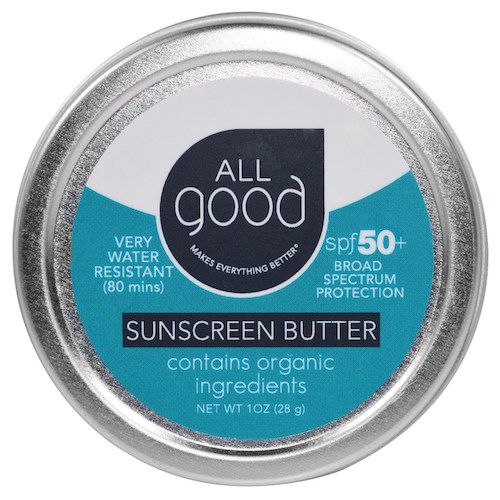
Photo: All Good
$9.99
Badger Balm — Sport Sunscreen Cream SPF 35

Photo: Badger Balm
$15.99
Beauty by Earth — Body Sunscreen SPF 25
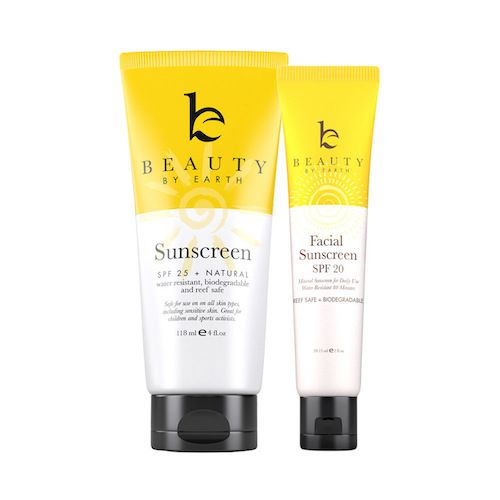
Photo: Beauty by Earth
$16.99
Goddess Garden Organics — Daily SPF 30 Mineral Sunscreen

Photo: Goddess Garden
$17.99
Raw Elements — FACE + BODY 30+ TUBE
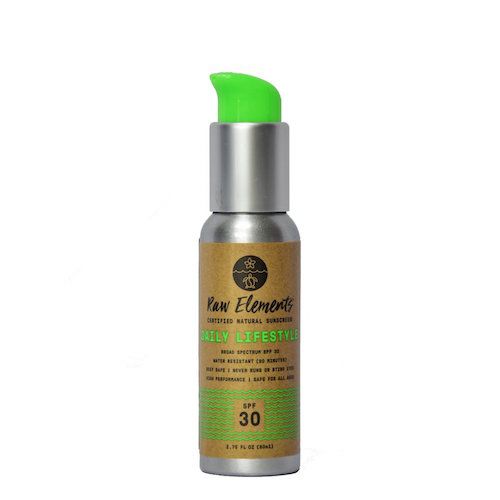
Photo: Raw Elements
$18.99
Babo Botanicals — Clear Zinc Sunscreen Lotion SPF 30 Fragrance Free
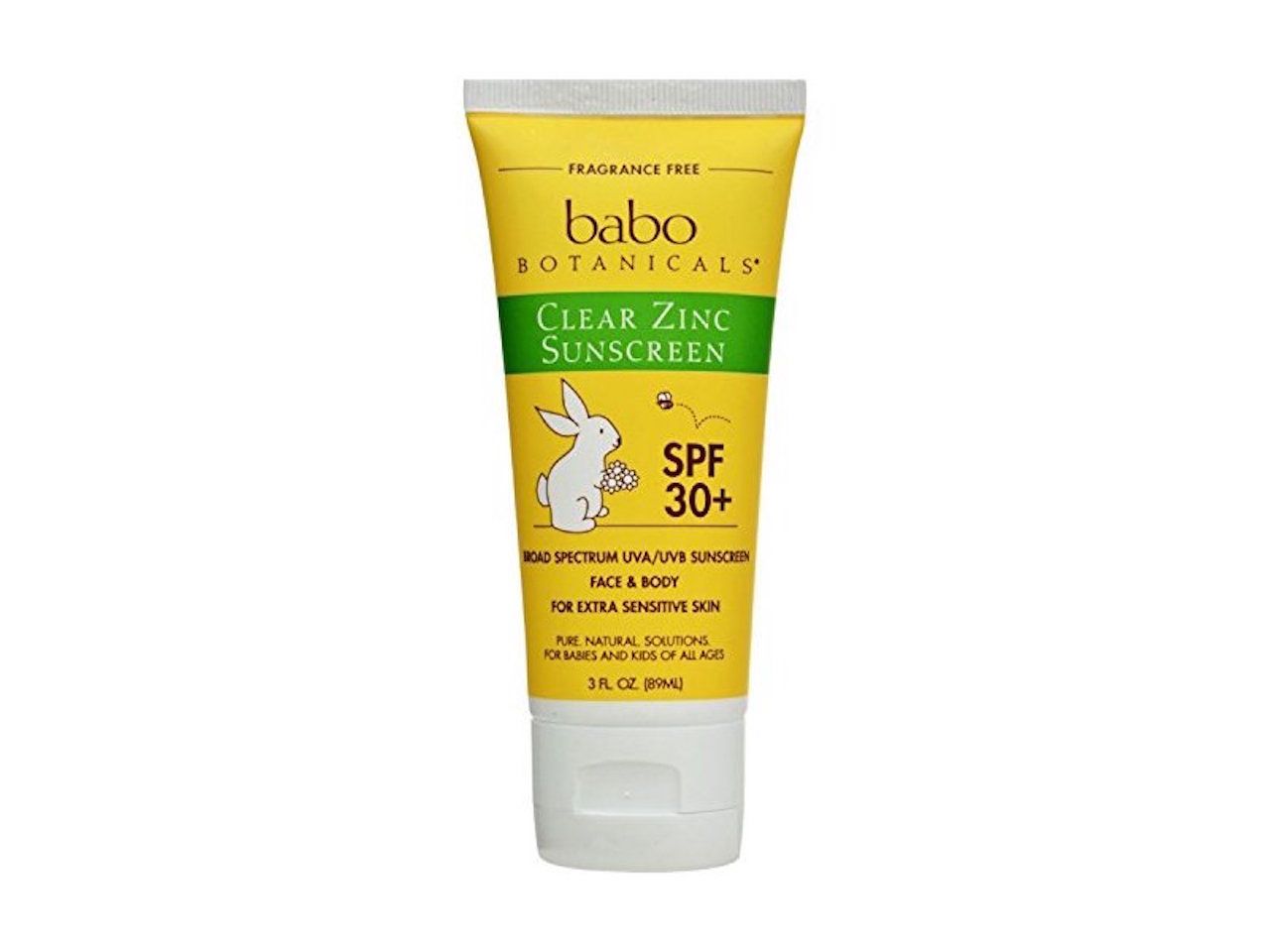
Photo: Babo Botanicals
$19.95
Mad Hippie — Facial SPF
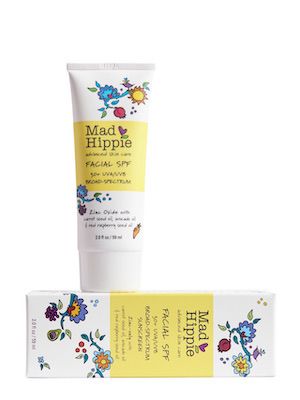
Photo: Mad Hippie
$24.99
Living Libations — Everybody Loves the Sunshine with Zinc
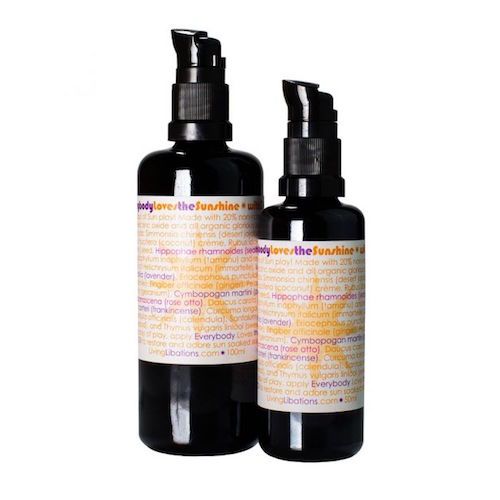
Photo: Living Libations
$45
White & Elm — Everyday SPF 15
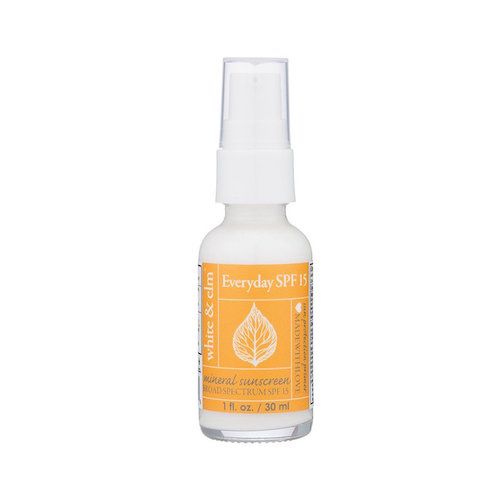
Photo: White & Elm
$28.95
Jungle Mama — Sunshield Cream
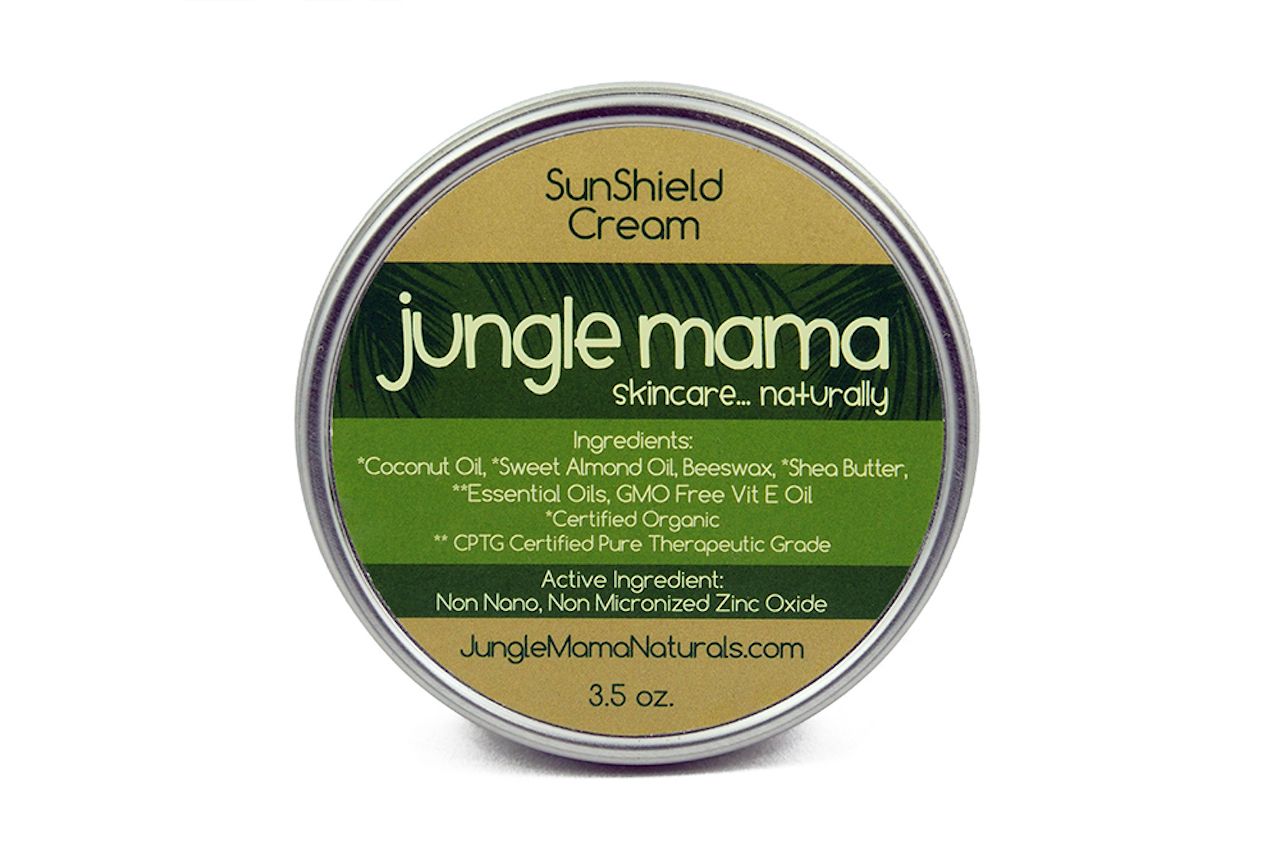
Photo: Jungle Mama
$24.99
Poofy Organics — THE Sunscreen

Photo: Poofy Organics
$16